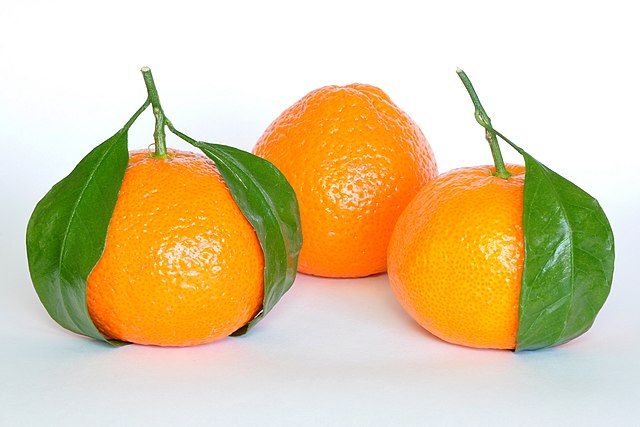Mandarins fanned 2025’s annual citrus export growth for South Africa despite not benefiting from the U.S.’ tariff exemption that favored oranges.
Annual export data ending October 2025 shows that the fruit recorded one of the fastest growth rates among national citrus export categories.
On November 10, 2025, the Citrus Growers Association (CGA) reported that mandarin exports totaled 53.5 million 15 kg cartons, 28% above 2024’s.
This was the highest rise for all citrus categories, which individually grew by at least 7% year-on-year (y-o-y).
The navel orange export growth followed at 25% y-o-y, to 31.5 million 15 kg cartons, while that of lemons was at 19%.
In terms of market supply share, mandarins came second with a 26.3% portion, after navel/Valencia oranges (45%).
Tariff Exemption
One of the remaining moot points for mandarins is the fact that they are yet to escape the 30% U.S.’ tariff, as opposed to oranges.
Oranges won the reprieve in mid-November 2025 after leading the year’s niche exports into the American market at 4.3 million 15 kg boxes.
Luckily, the orange tariff that came up this August did not register fully on the 2025 export revenue – and now may never.
Not so mandarins: according to the CGA’s chief executive Dr. B. Ntshabele, the duty could hone “price spikes.”
Dr. Ntshabele added that this soft citrus type is popular in the United States, which ought to consider duty exemption.
Indeed, export market demand has seen mandarin/tangerine cultivation in South Africa grow exponentially in the 2010s.
According to the U.S. Department of Agriculture (USDA), the varieties’ 2014-2024 acreage grew relentlessly from just 9,445 hectares (2014-15) to 27,000 ha (2023-24 estimate).
Western Cape remains the key source of soft citrus nationally at 38% share, as of the 2022-23 period.
The United States receives around 8% of South Africa’s soft citrus exports but remains lucrative through high prices. 45% of mandarins and tangerines from South Africa end up in the European Union and UK markets annually, as of 2023-24. With this in mind, skim the below stats to find out more on production, varietal and export figures for local soft citrus.
South Africa Mandarins and Tangerines Statistics
Soft citrus production makes up 27% of all citrus production in South Africa. This citrus category consisting of such types as mandarins, tangerines and clementines has led cultivation growth in recent years. A U.S. Department of Agriculture (USDA)’s decade-long estimate records the annual acreage of soft citrus as follows:
| Marketing Year | Acreage [Ha] |
| 2024-25 [forecast] | 27,300 |
| 2023-24 [forecast] | 27,000 |
| 2022-23 | 26,833 |
| 2021-22 | 26,677 |
| 2020-21 | 26,137 |
| 2019-20 | 23,635 |
| 2015-16 | 11,433 |
| 2014-15 | 9,335 |
Which varieties define South Africa’s mandarin industry?
South Africa is second worldwide in the export of certain mandarin varieties such as naartjie. According to the OEC, SA came second to China for the combined naartjie/satsuma and tangerine exports in 2022, worth $466 million. The U.S.’ summer market absorbs especially naartjie and other mandarin exports worth 110,000 pallets, per a summer 2024 export estimate.
In varietal production, naartjie contribute 2.7 million 15 kg cartons to the mandarin output each year, per a mid-2024 estimate. Another variety is the Nardocott/Tango mandarin, whose 2024 production estimate was at 24.1 million 15-kg cartons. The Leanri mandarin in turn had a production estimate of 2.5 million 15 kg cartons while Orri mandarin 2 million cartons.
In digest form, Nardocott represents 18% of all mandarin under cultivation in SA. Following suit are Arccit 9 (16%), Tango (14%), Nules (11%) and Nova (10%).
Which is the export share for mandarins among citrus in South Africa?
South Africa exports around 670,000 tonnes of mandarins/tangerines annually, per a 2023-24 estimate by the USDA. Mandarins alone represent 26.3% of annual citrus exports, based on the annual 2025 shipment data, courtesy the Citrus Growers Association (CGA).
